Our Projects
Glass Fiber Reinforced Composite Recycling
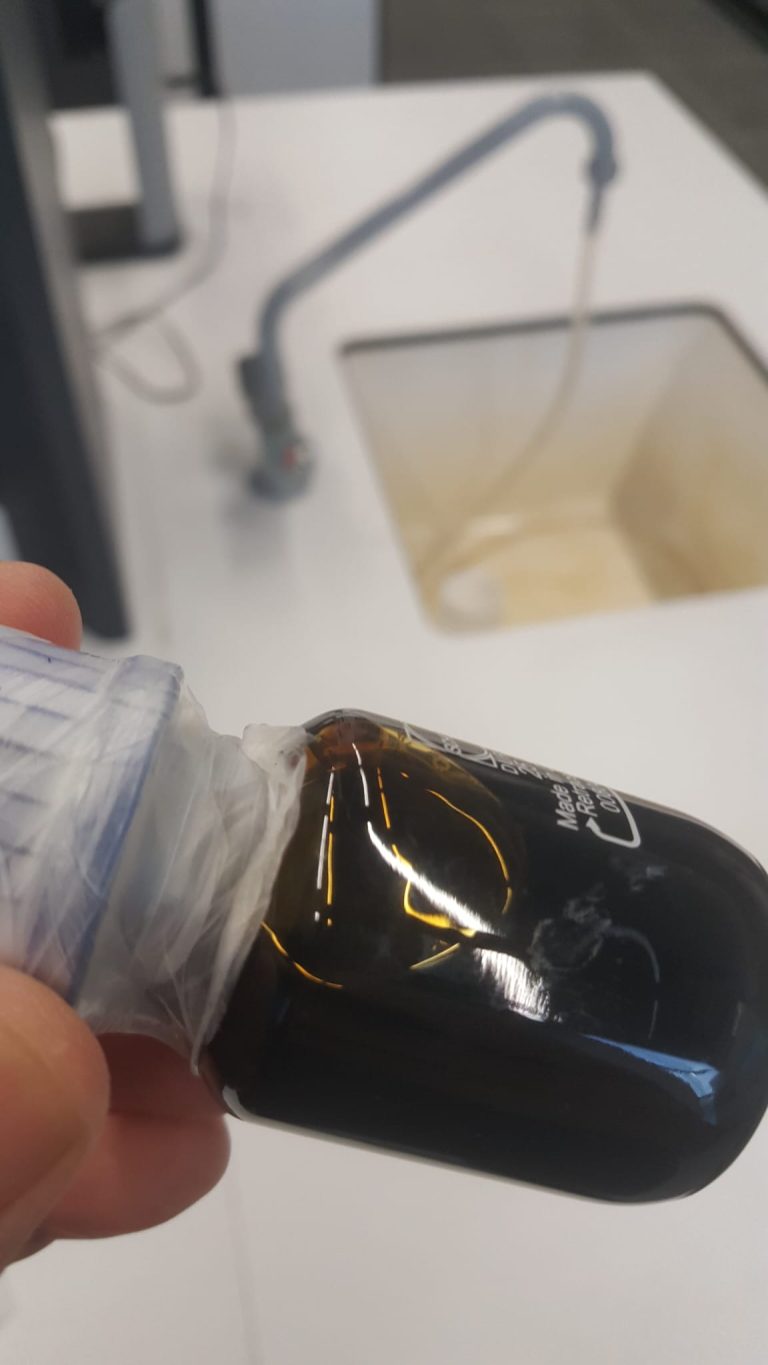
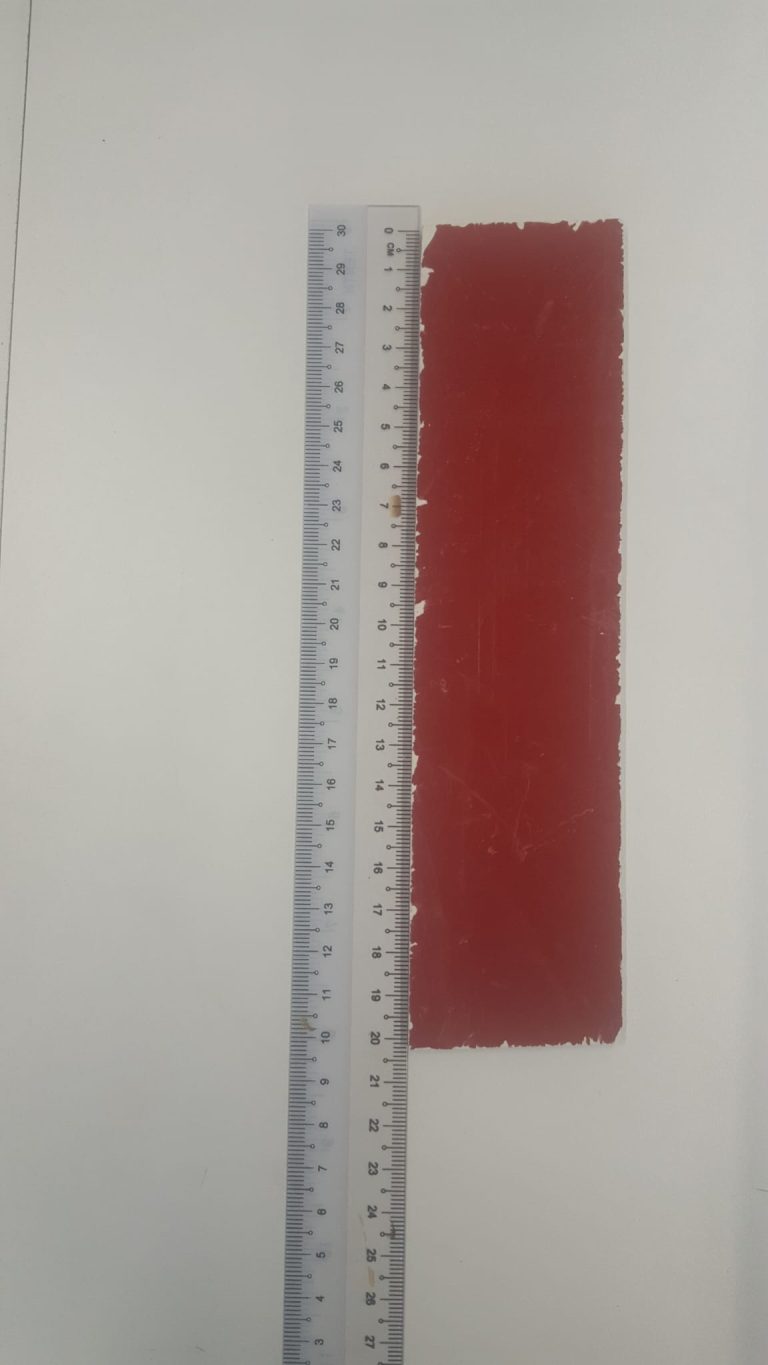
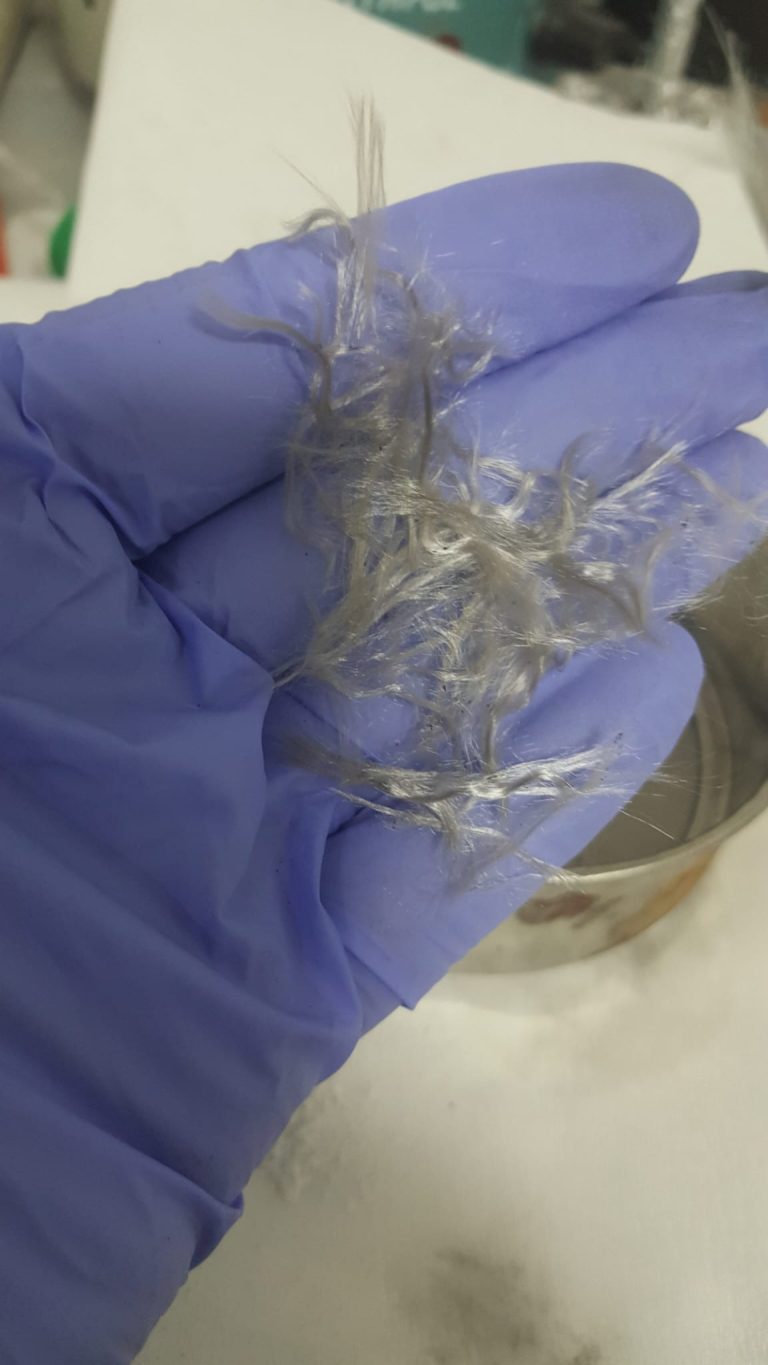
Developing innovative solutions for recycling glass fiber reinforced composites, transforming waste into valuable resources for a sustainable future.
Carbon Fiber Reinforced Composite Recycling
Developing innovative solutions for recycling glass fiber reinforced composites, transforming waste into valuable resources for a sustainable future.
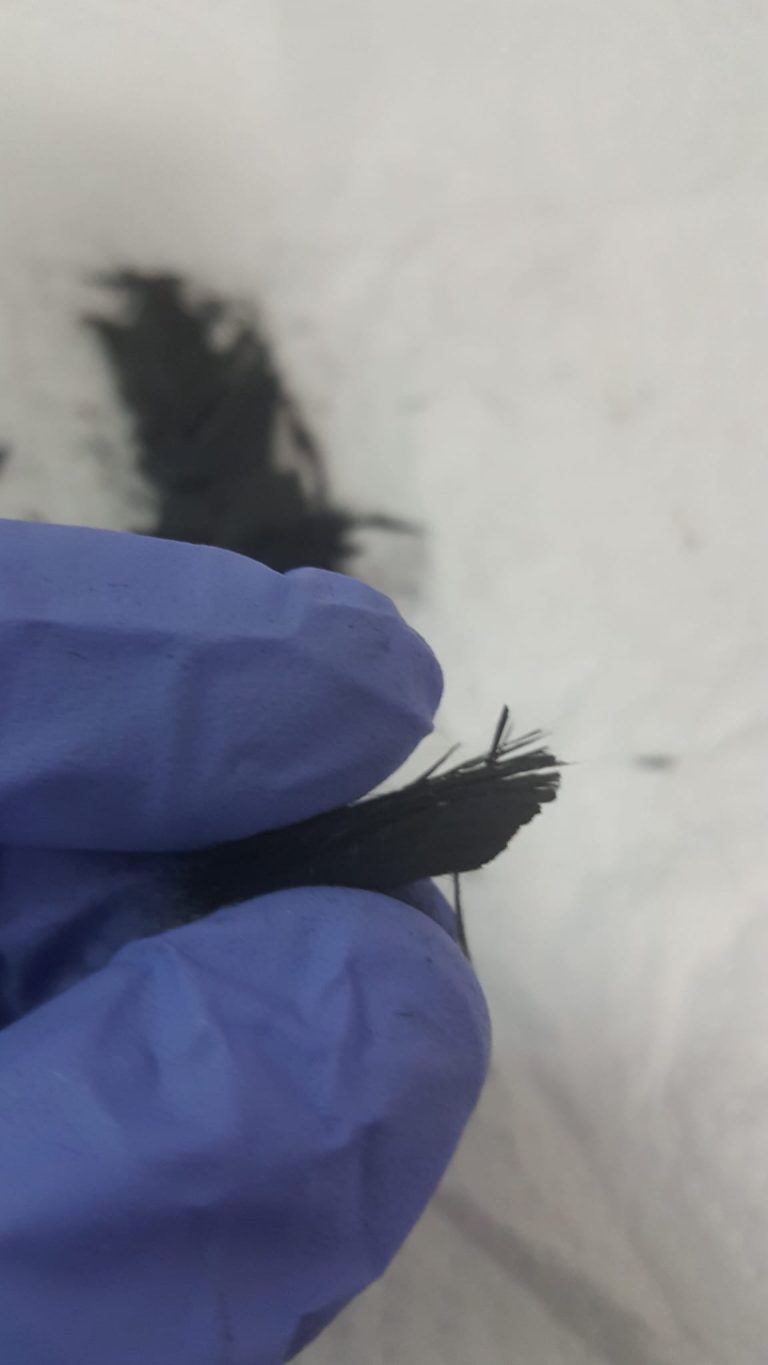
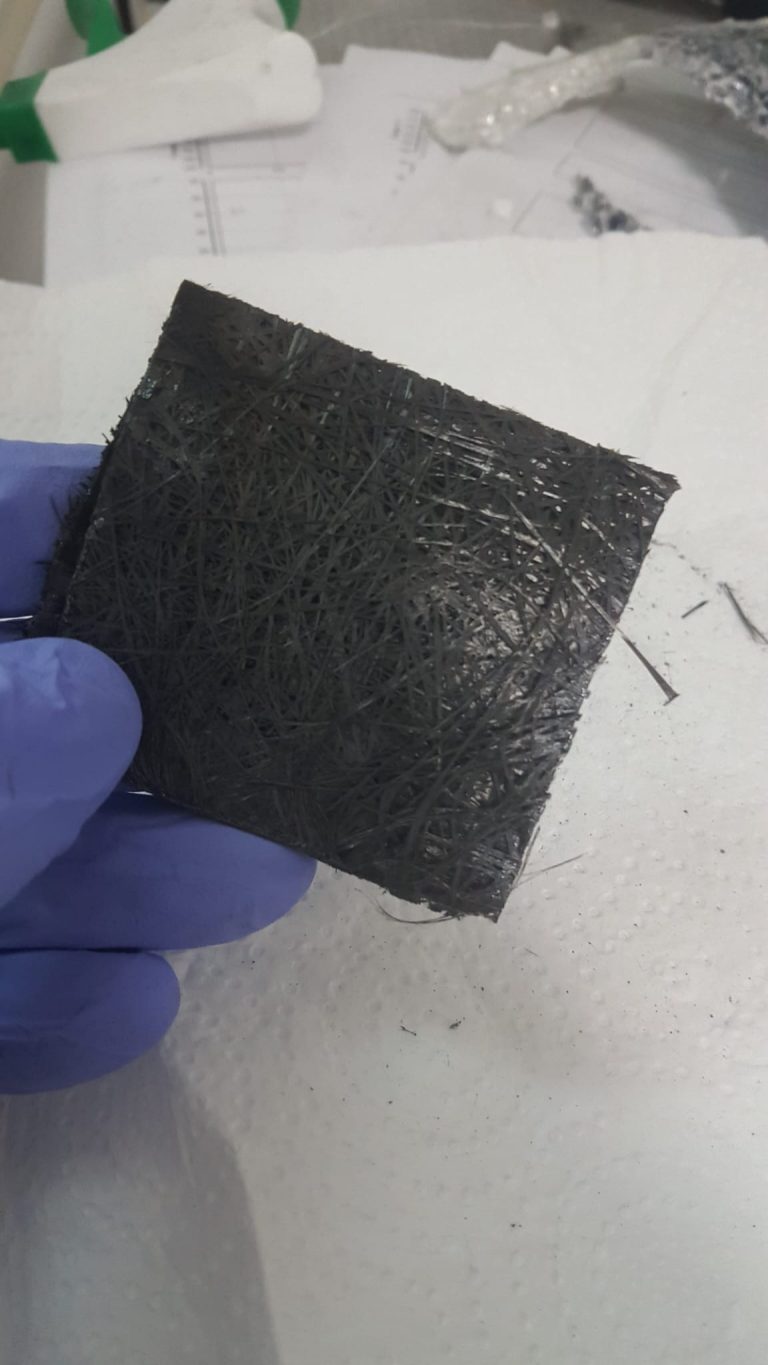
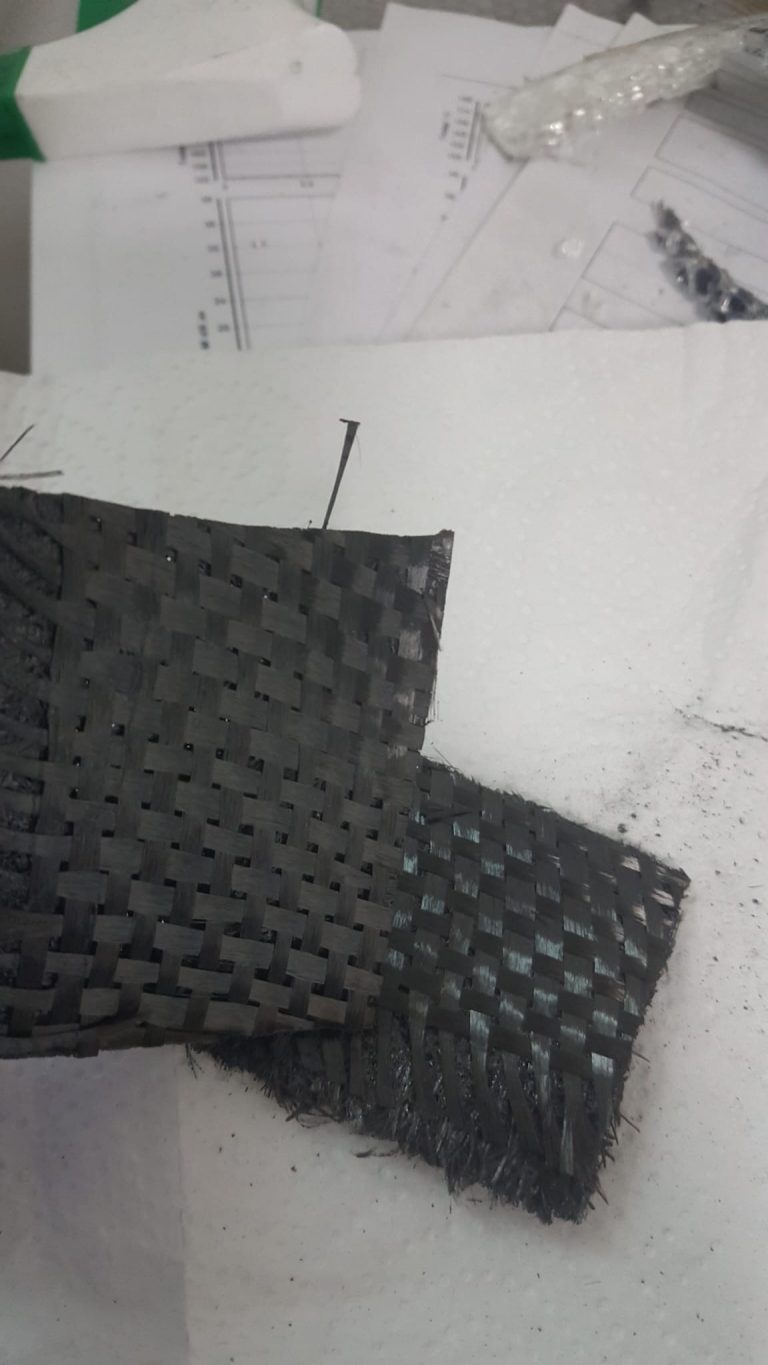
Solar Panel Recycling
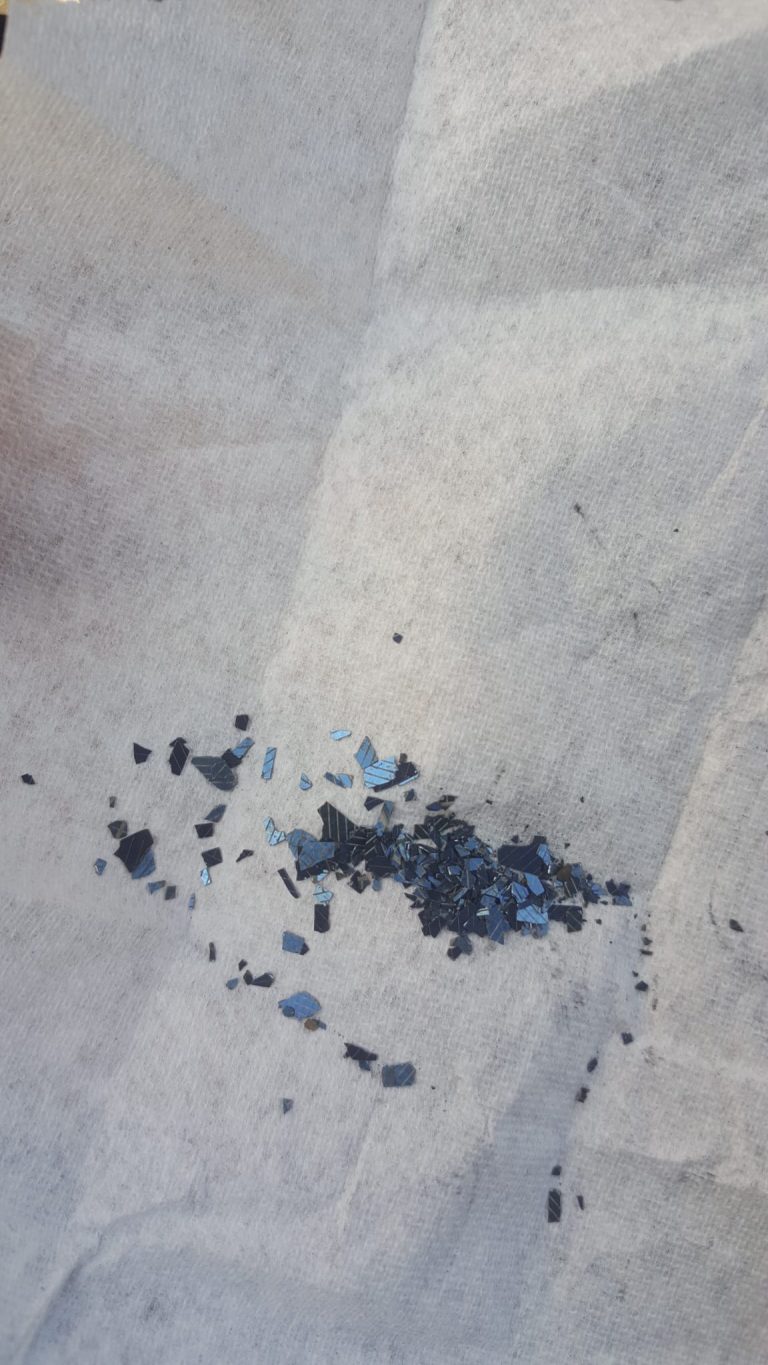
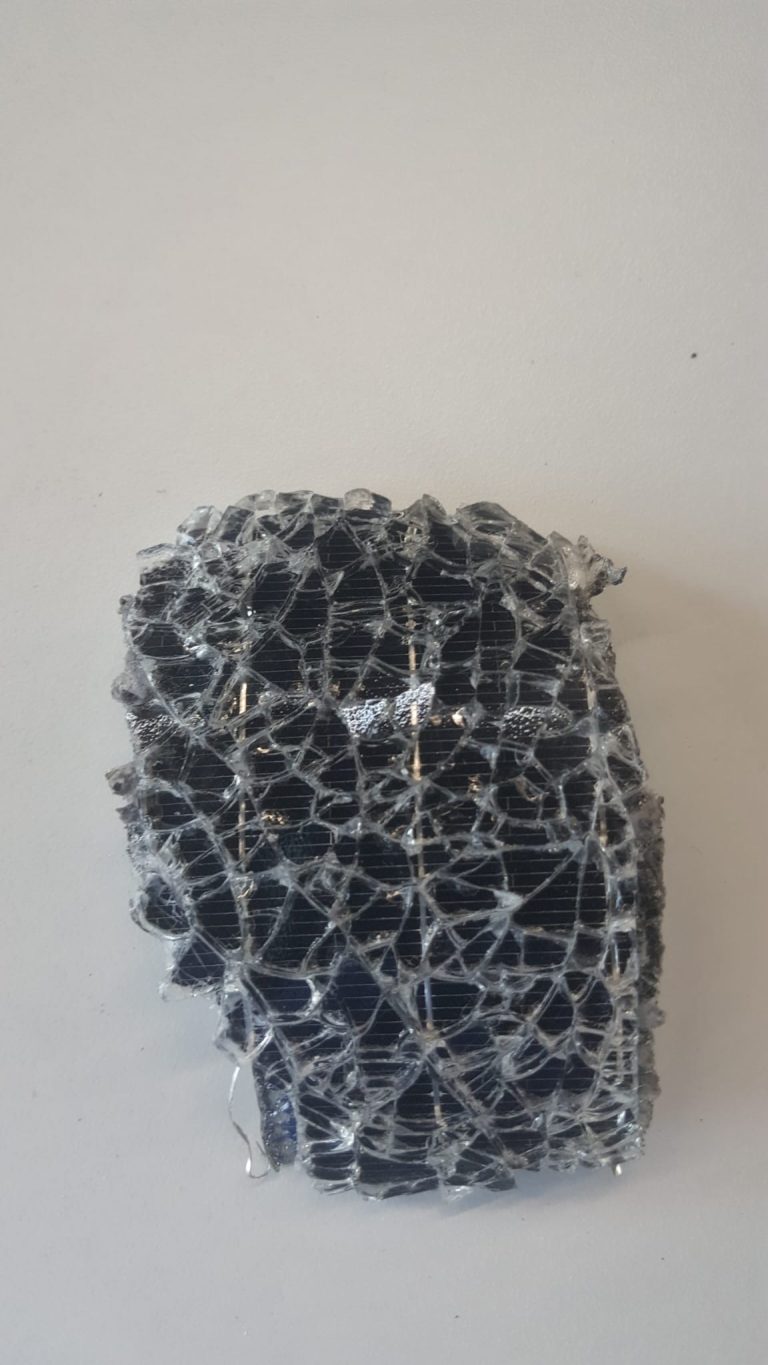
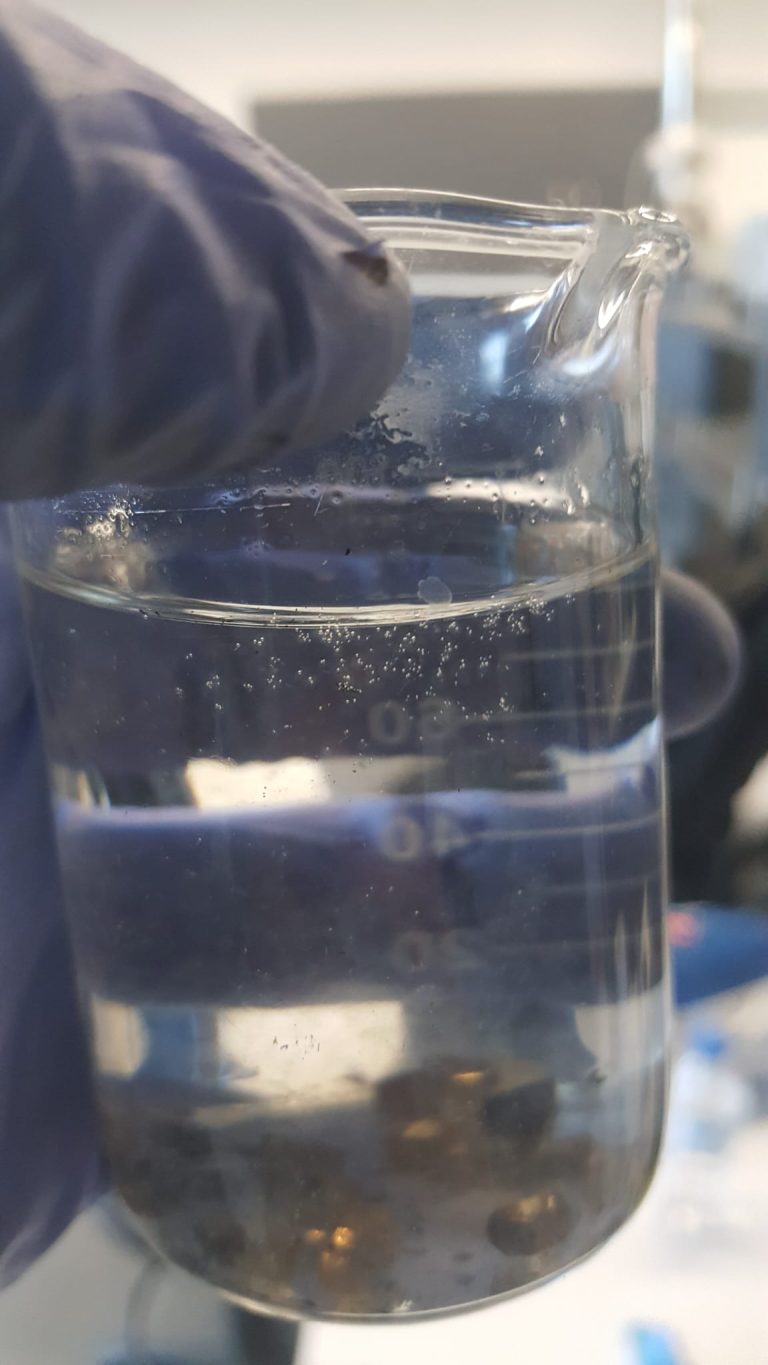
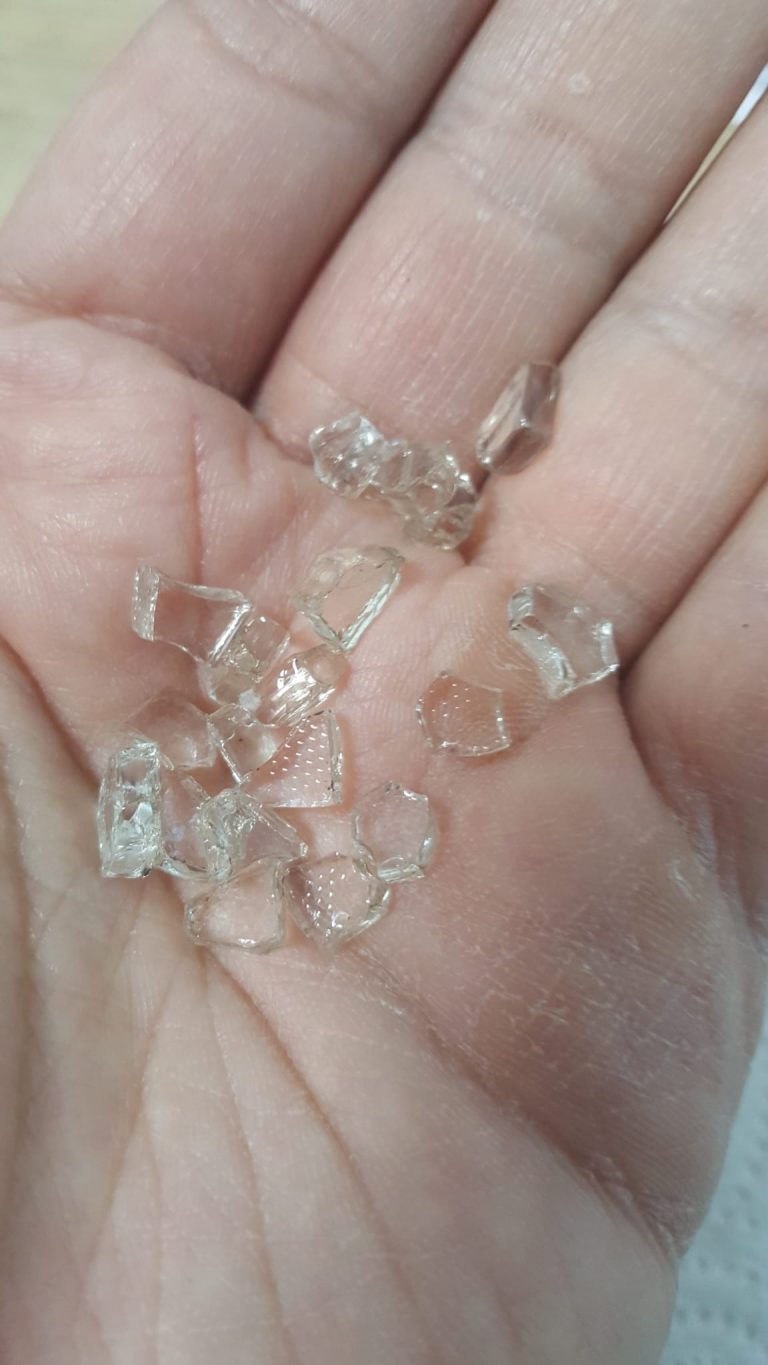
Efficiently recycling solar panels to recover valuable materials, reduce waste, and support a sustainable energy future.
Polyolefin Recycling
Transforming polyolefin waste into high-quality reusable materials, promoting sustainability and circular economy solutions.
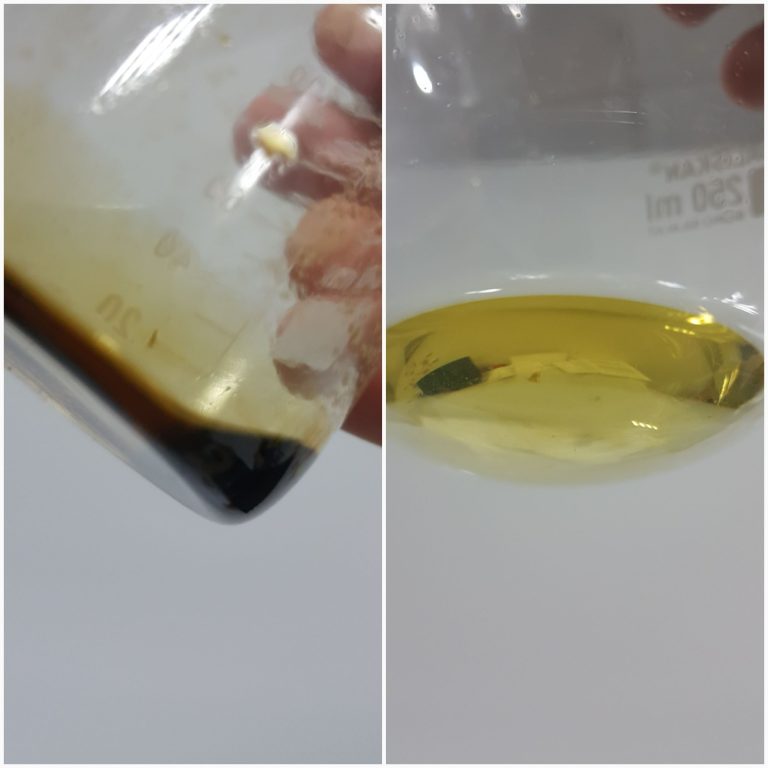
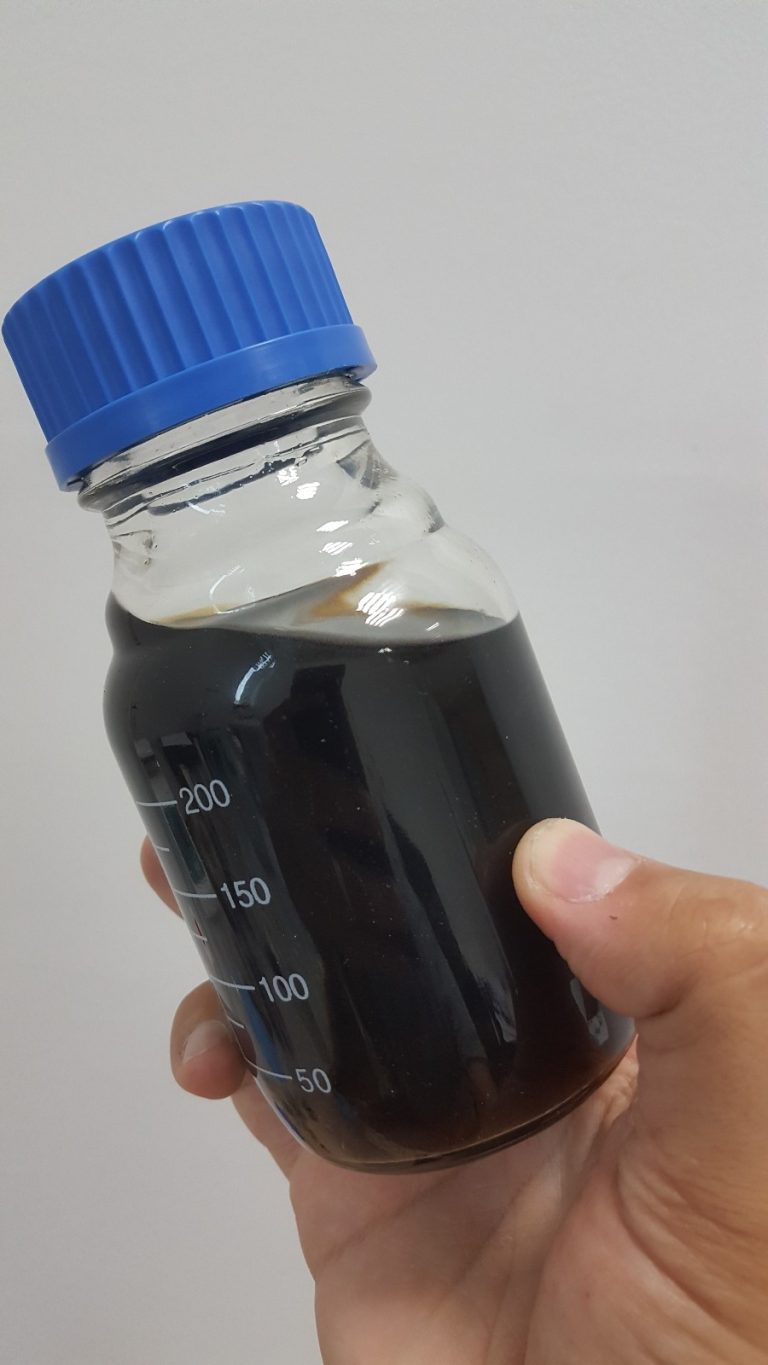
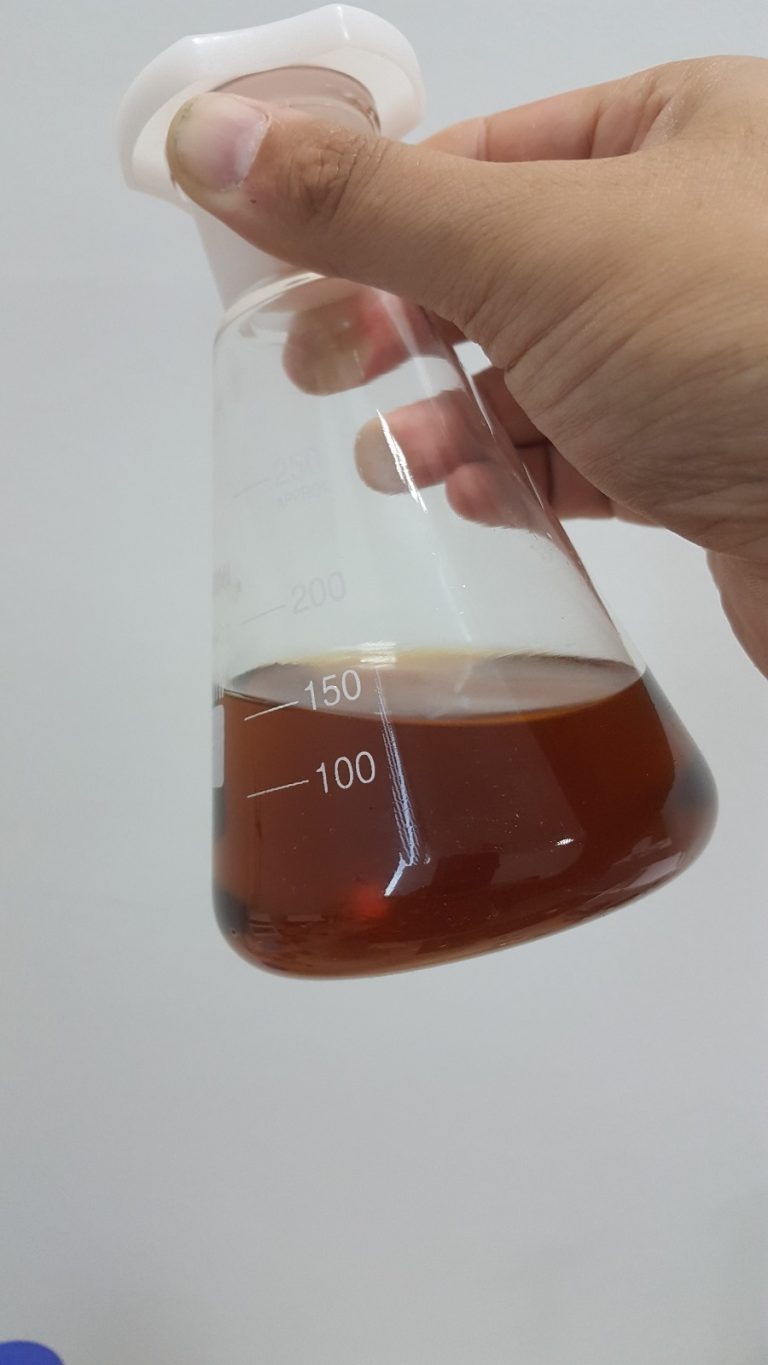
Rubber Recycling - Devulcanization
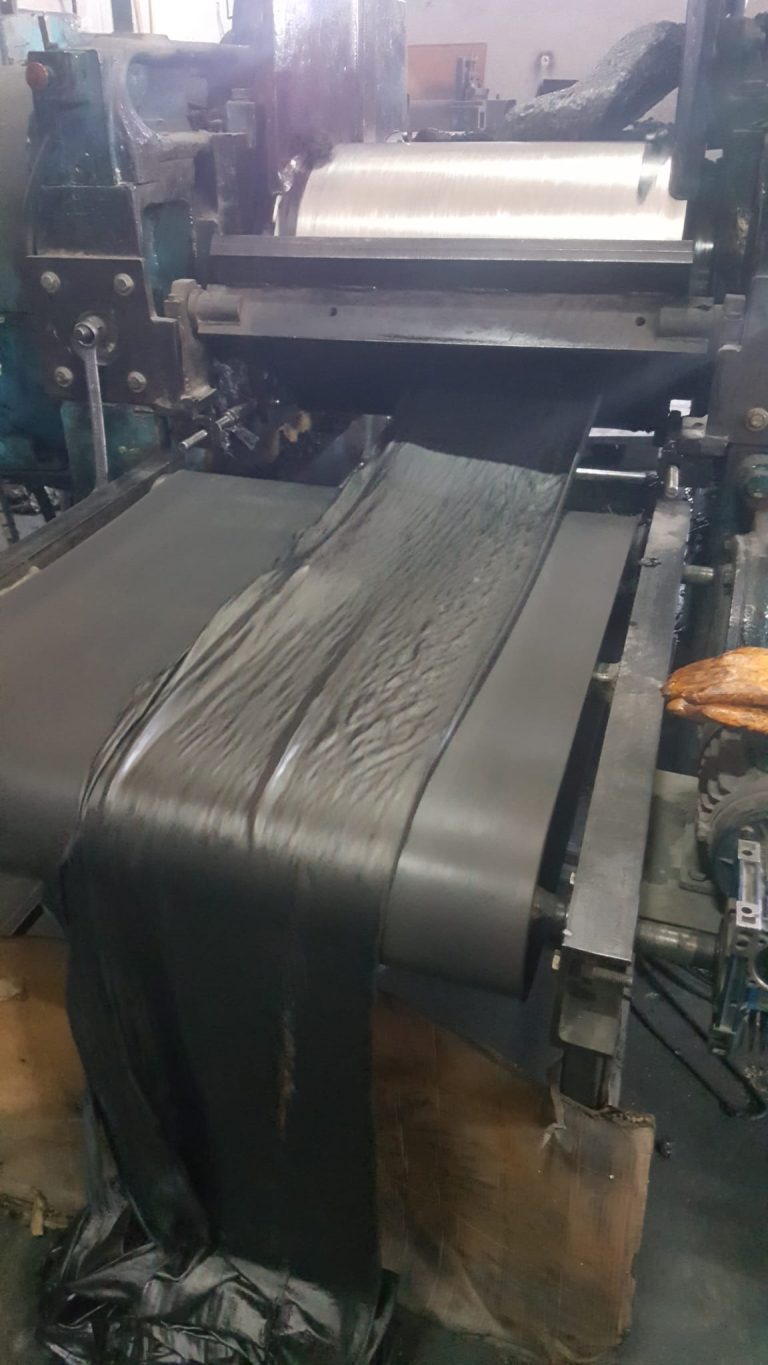
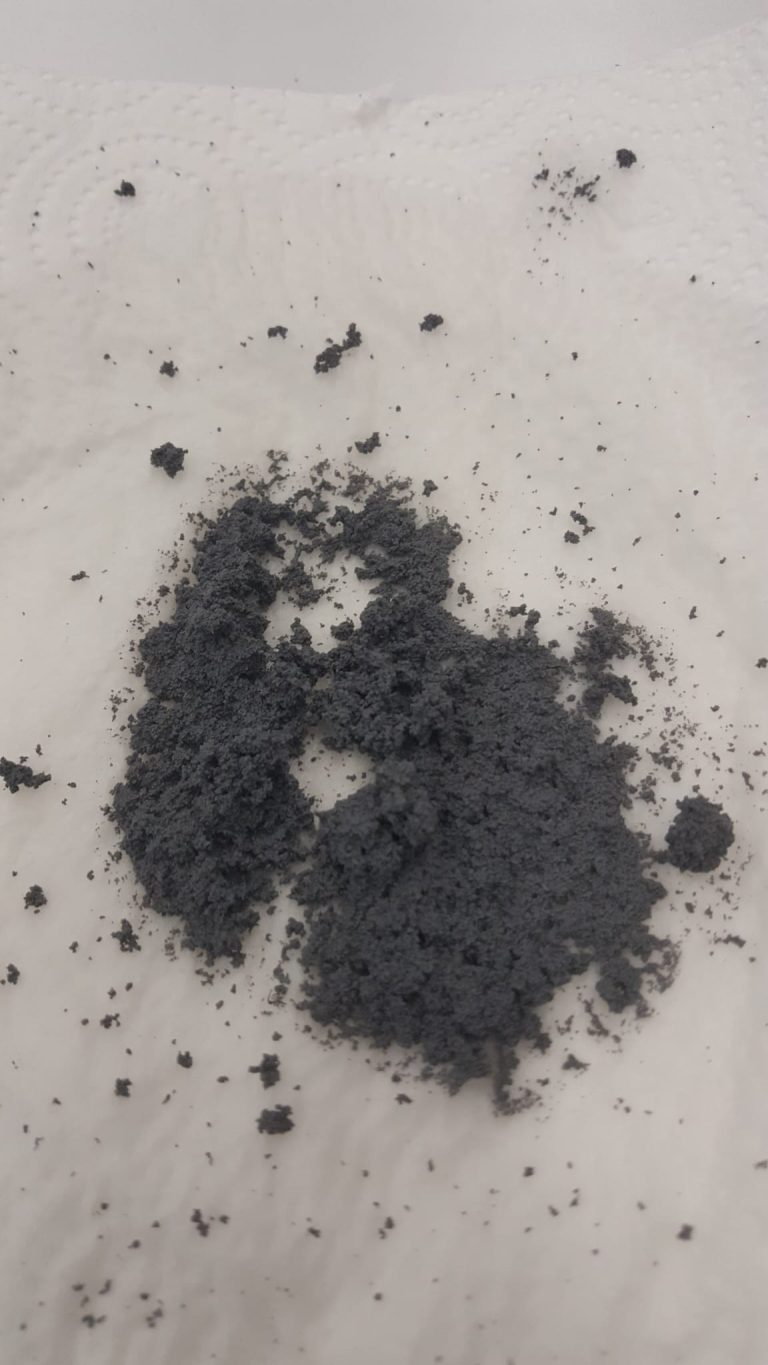
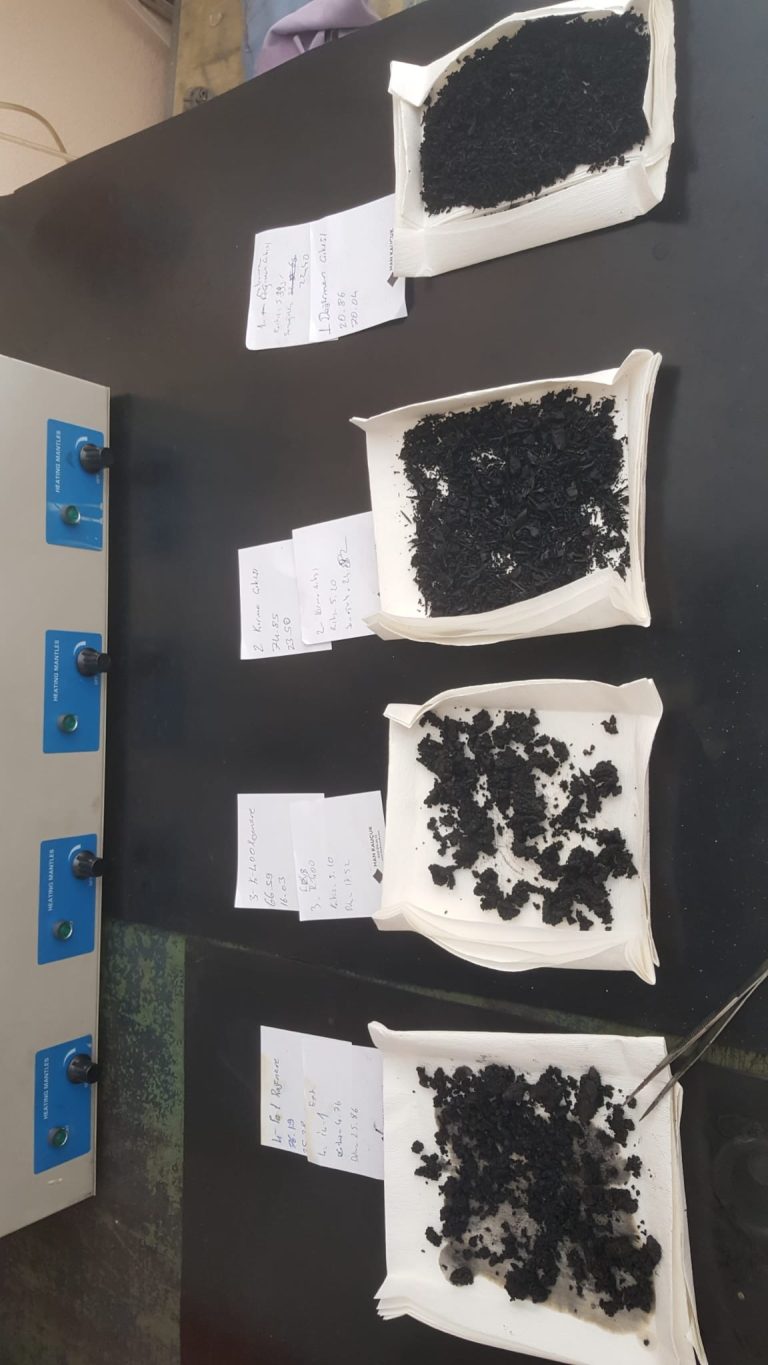
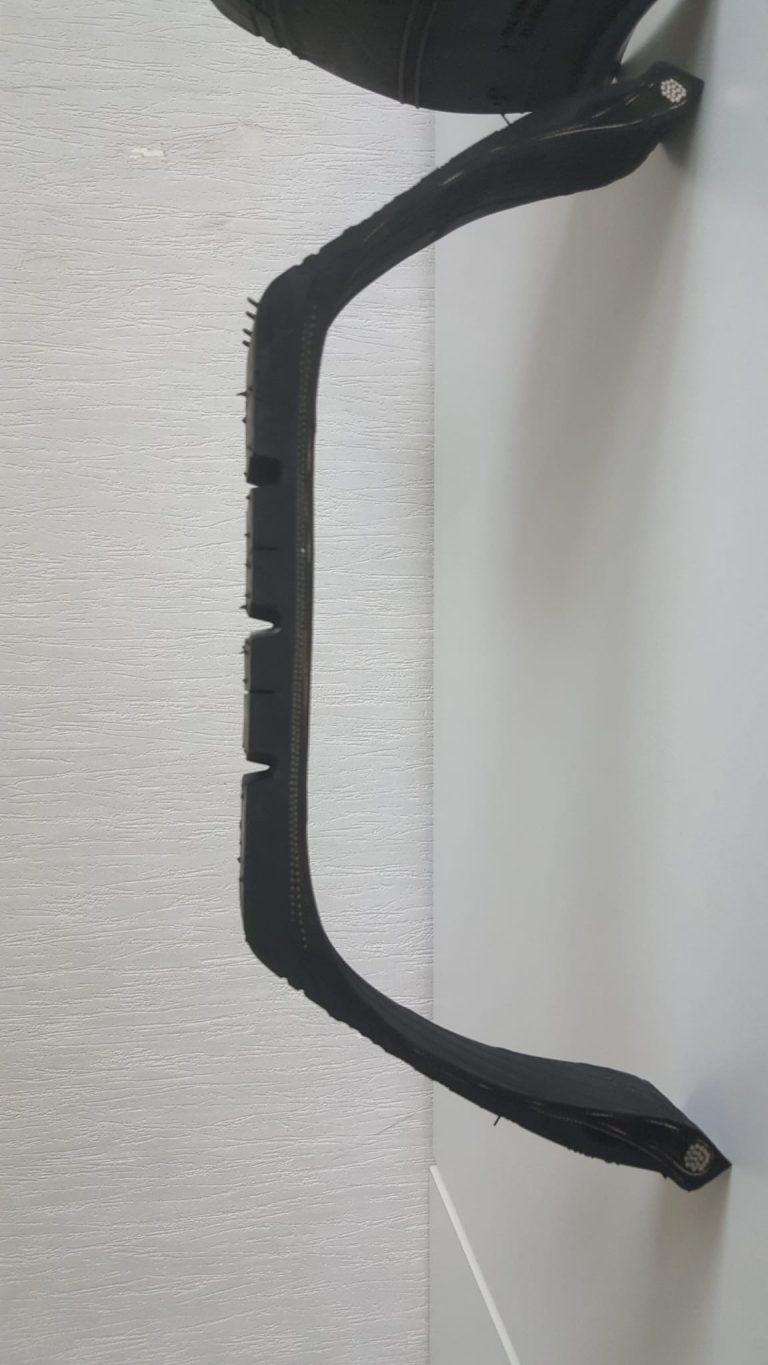
Revitalizing rubber waste through advanced devulcanization technology, enabling sustainable reuse and reducing environmental impact.
Polyurethane Recycling
Polyurethane Recycling is the process of reprocessing polyurethane materials to reduce waste, conserve resources, and minimize environmental impact by breaking them down for reuse in various applications.
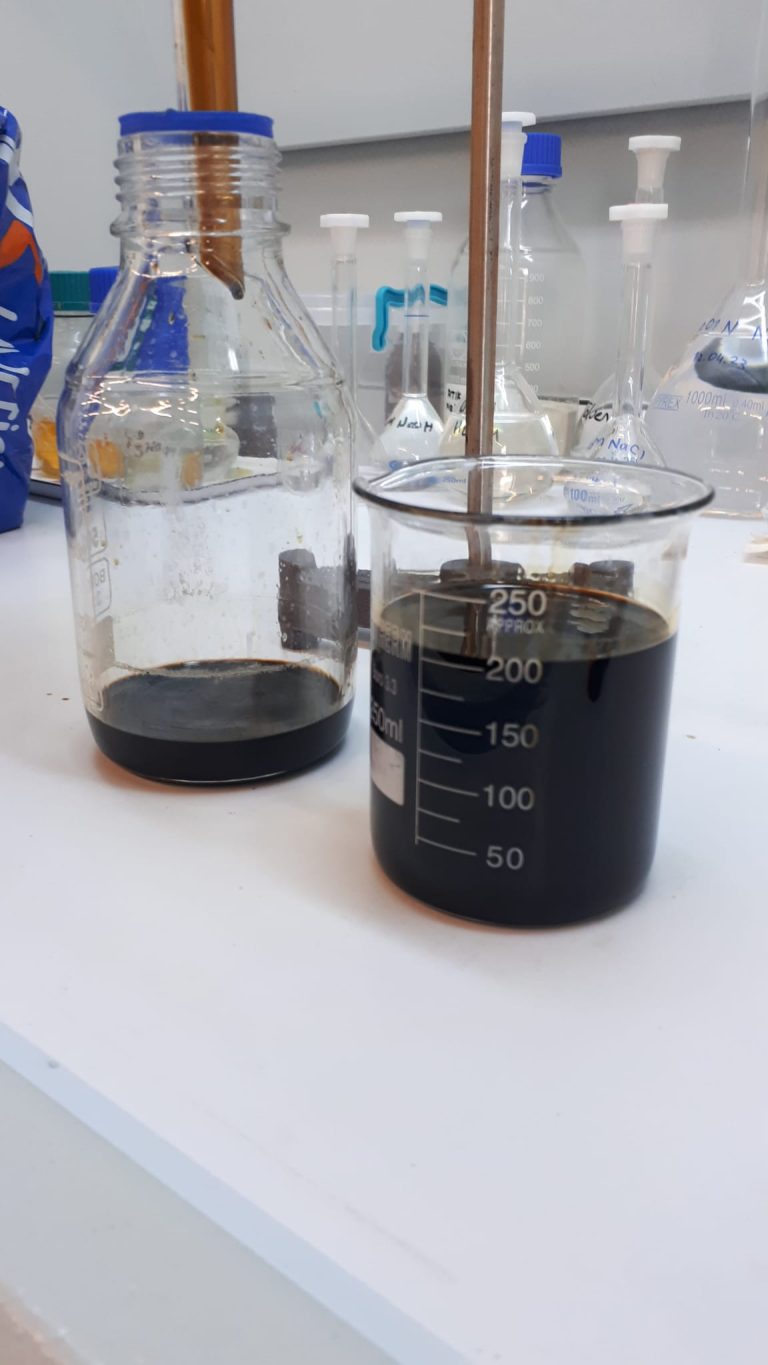
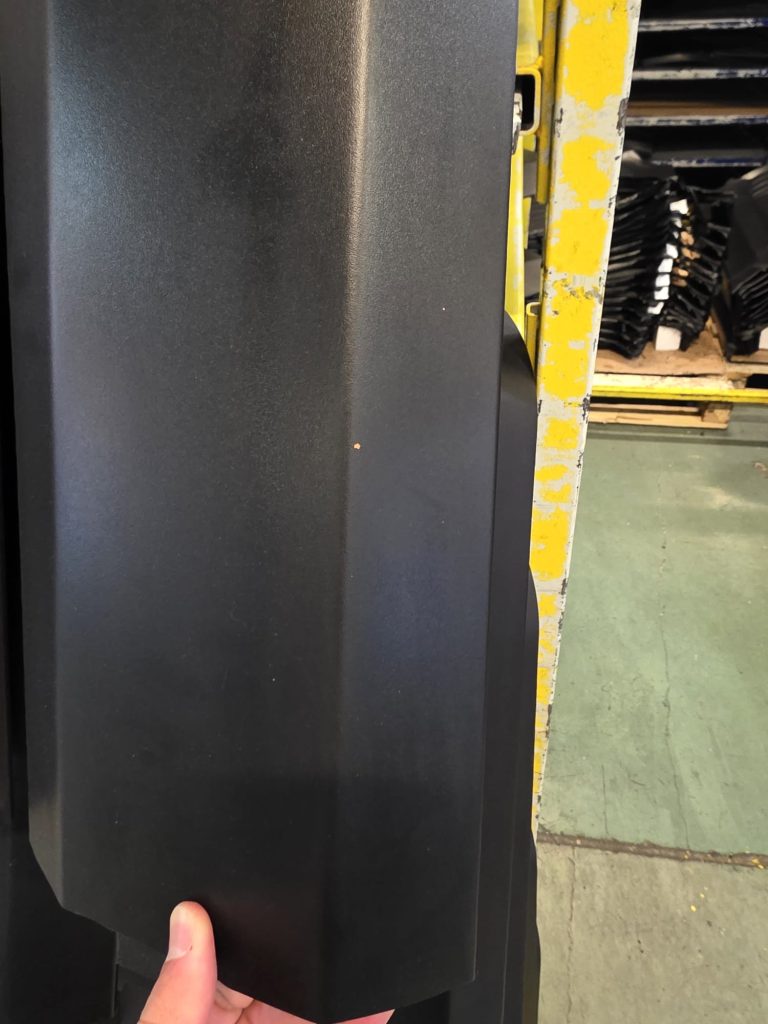
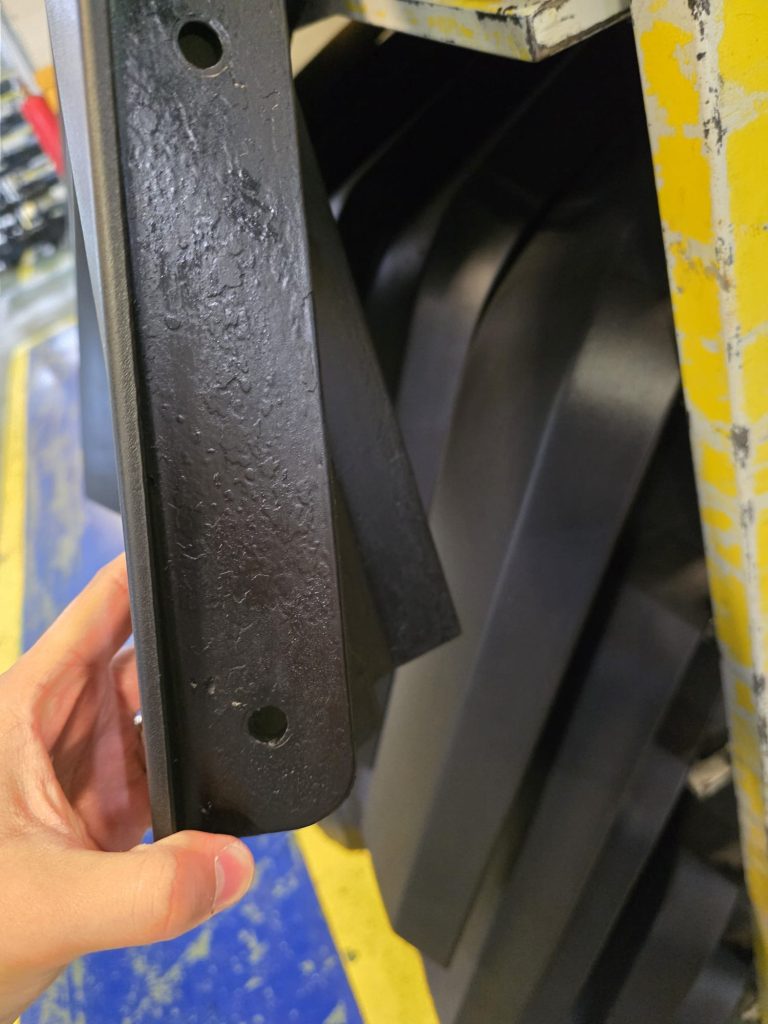
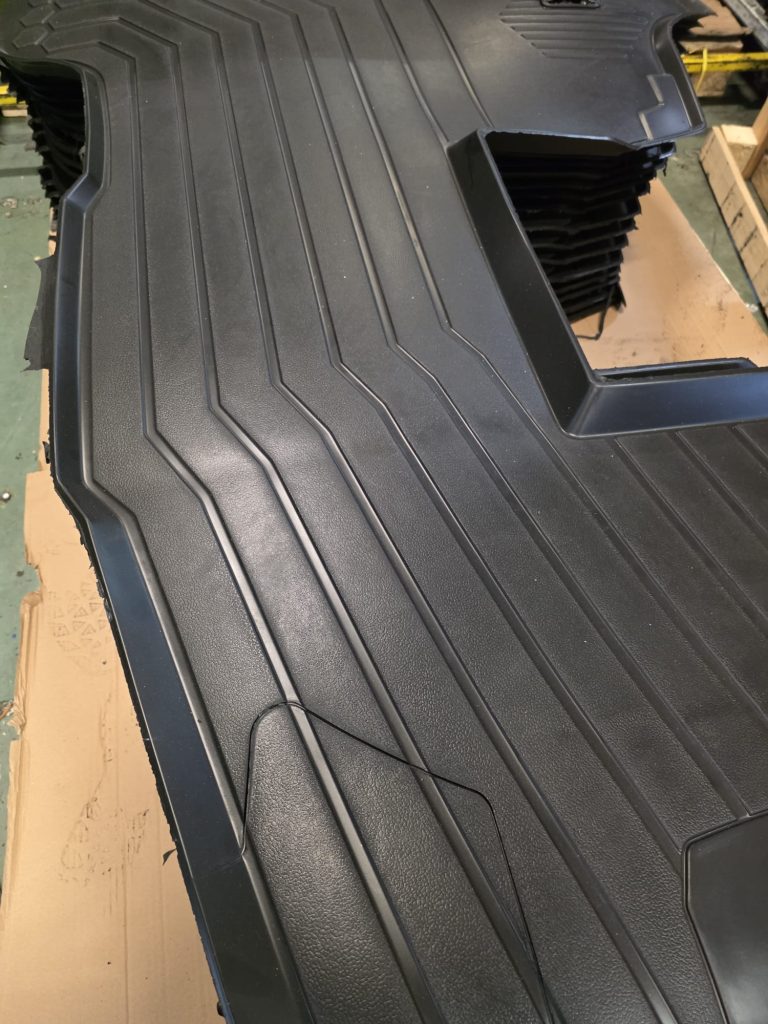
Recovered Carbon Black
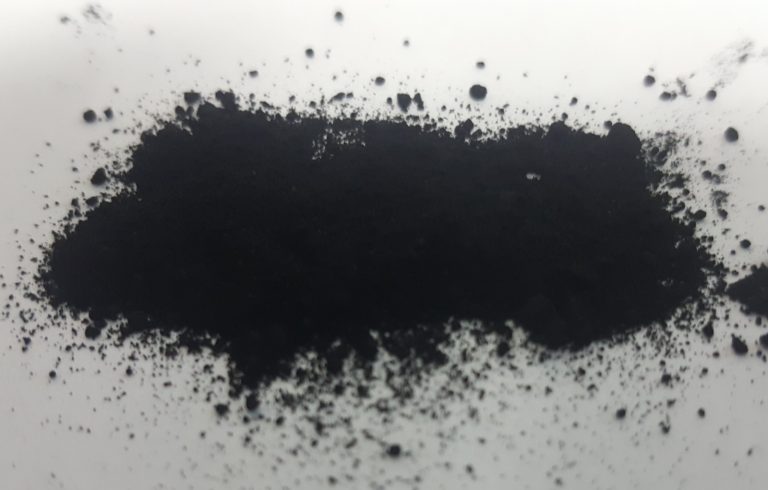
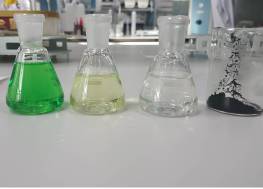
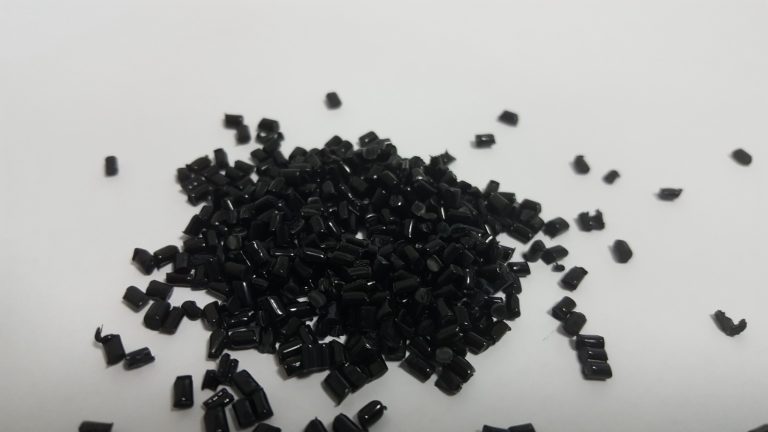
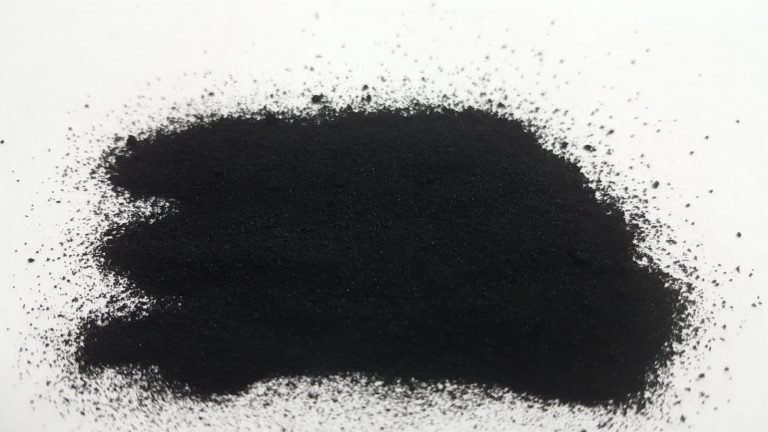
Recovered Carbon Black is a material obtained through the recycling of used tires and other carbon black-containing products, which is then purified and reused in manufacturing, helping to reduce waste and environmental impact.
Frequently Asked Questions ( FAQ )
How is the recycling of Glass Fiber Reinforced Composites done?
The recycling of Glass Fiber Reinforced Composites (GFRC) involves separating the fiber and resin components through chemical, mechanical, or thermal processes. This enables the recovery of valuable materials that can be reused in new manufacturing, reducing waste and environmental impact.
Can solar panels be recycled?
Yes, solar panels can be recycled. The recycling process involves separating materials like glass, aluminum, copper, and silicon, which can be reused. This helps conserve resources and reduce the environmental impact of solar panel waste.
Why should polyolefins be recycled?
Polyolefins are a class of plastics commonly used in various products. Recycling polyolefins reduces environmental pollution, conserves resources, and allows the recovered materials to be used in new plastic products, resulting in energy savings and reduced landfill waste.
How is rubber recycled?
Rubber recycling involves reclaiming rubber products, especially tires, for reuse. Devulcanization is a process that breaks sulfur bonds in rubber, making it easier to reprocess and use in new products. This reduces waste and promotes the sustainable use of rubber materials.
How is polyurethane recycled?
Polyurethane recycling involves reprocessing polyurethane waste, commonly found in insulation, furniture, and automotive industries. The recycling process includes chemical and mechanical treatments to break down the material, allowing it to be reused in various applications and reducing environmental harm.
How is carbon black recovered, and what is it used for?
Carbon black is a material used in tire production and various industrial applications. It can be recovered through processes that recycle tire and other carbon black-containing products. The recovered carbon black is then reused, reducing environmental impact and production costs.